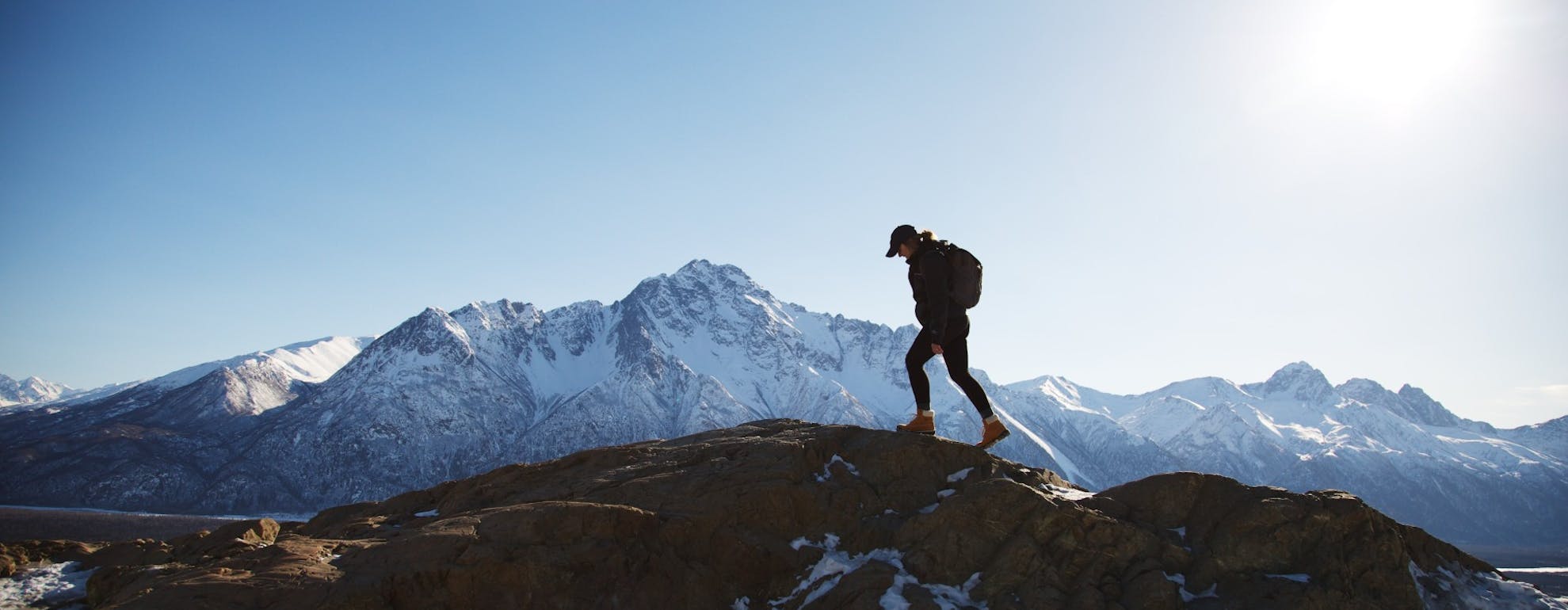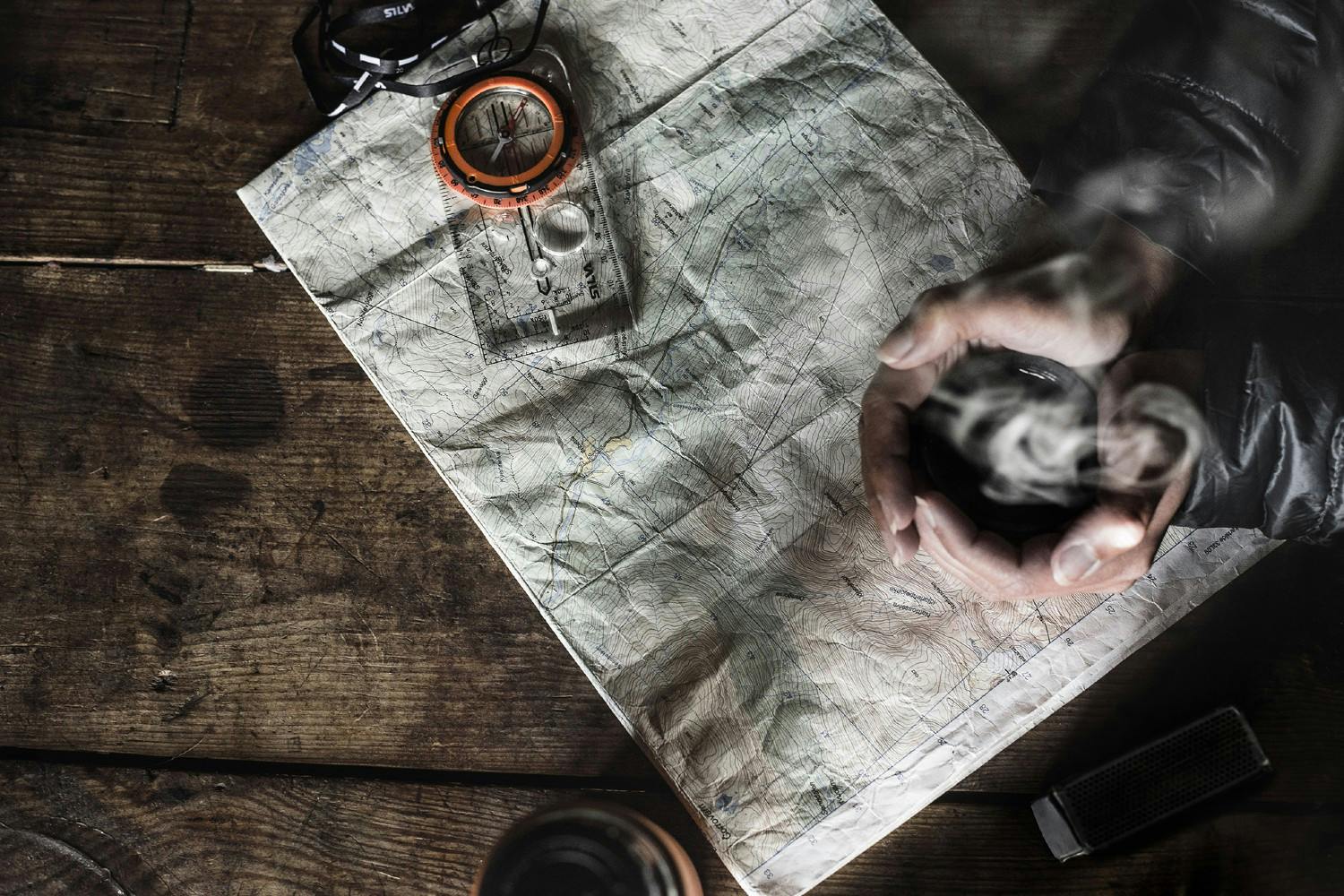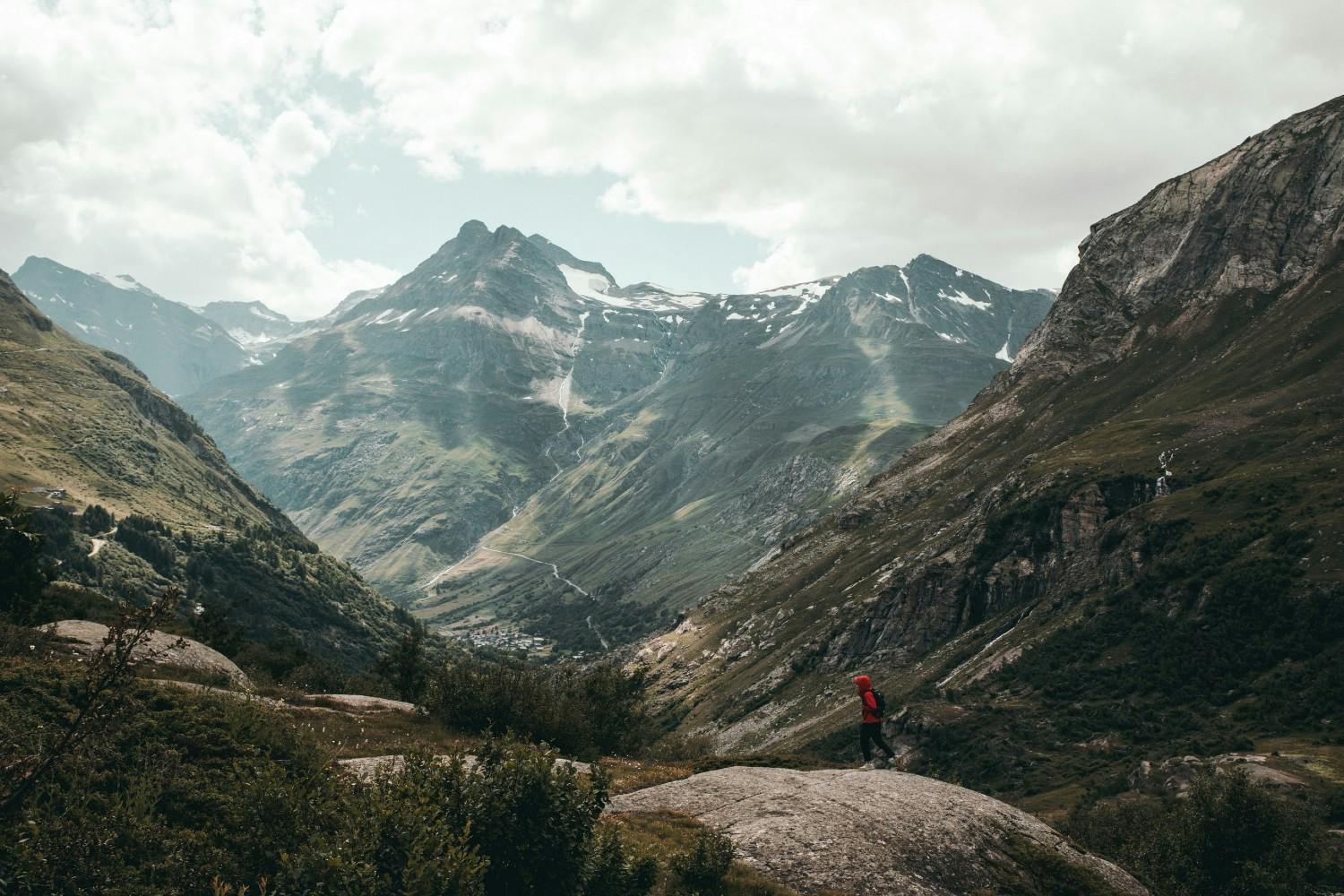
Health & Wellbeing
How to Stay Safe when Hiking
2020 was a year that changed our lives with the Covid-19 virus. Governments changed the way we interacted, borders closed and lockdown became the norm. In the months that followed, we were allowed to exercise in small groups and so many people took to walking, mainly as a way to endure the boredom of what seemed like house arrest. As a consequence, Hiking has since become one of the UK’s fastest-growing sports. Yet, whilst the physical and mental benefits are obvious, there is an issue that people are often ill prepared, lacking the correct equipment and skills to cope with serious hill and mountain walking. During the past 18 months, there has been a noticeable increase in Mountain Rescue call outs, many of which have ended in unfortunate tragedy and in some cases could have been avoided with basic outdoor skills and knowledge.
As a mountain guide with over 30 years of experience, here are my top tips for how to stay safe when hiking;
ㅤ
1. ESSENTIAL HIKING KIT
What you pack is the all-important thing. Be prepared for the worse but expect the best. It can be the difference between a good day or a bad one. Cosy feet and staying dry is paramount so as much as you can afford should be spent on waterproofs and boots. You have to get these items of kit right. A day rucksack should be around 25lts to 30lts in summer, you don’t need anything bigger than that. Make sure it is adjustable and fits you well. A comfy day is a light one. So, to prepare for a day’s walk there are certain things that I never take out of my rucksack and hopefully one or two of these items you will never need to use. A first aid kit and a survival bag but please don’t go for the cheapest first aid kit as there isn’t a lot in them. Also make sure that you have blister plasters and with any sign of rub, apply one. There is no point waiting till the pain gets worse; it’s about looking after those feet. On natural stops and rests maybe lunch, if it is a warm day take your boots off and allow those feet to breathe and socks to dry. You will feel much better when you put your boots back on. Another thing is I regularly change my socks on longer days, so a couple of spare pairs won’t go a miss. Additional bit of kit that I always pack is a water filter kit. A plastic bottle bag that you fill with water and squeeze through a filter taking out nasty parasites and dirt to make stream water or tarn water drinkable. Head torch just in case time runs on.
So let us recap;
These Items are always in my rucksack. Additional items such as spare clothing, like a fleece, maybe gloves and a hat if you are in the mountains. Sunscreen if it is a hot day is a wise thing to have with you. Food and drink, sweets for energy are a must too. Take more than you need just in case the day gets longer for whatever reason.
Pack your rucksack the night before (a go bag) apart from perishable food. This way you are not rushing about in the morning, as I will guarantee you will forget something. Kit is personal and there may be other items that you feel you need with you, so pack it. Also pack the things that you feel you may not use first in the bottom of your rucksack. The amount of times I have watched people pull everything out to get to a sandwich or fleece is countless and always amuses me.
You can find our tips for how to pack your hiking backpack here
ㅤ

Image courtesy of Silva
ㅤ
2. UNDERSTAND NAVIGATION WHEN HIKING
Navigation and map reading is the all-important thing you need to get to grips with. The amount of times that MTR are called out because people are lost is extremely high. The Ordnance Survey website has a pdf. download called “Map reading for beginners”. This is an excellent introduction to understanding maps. I know that lots of you will have various guidance apps downloaded on your phone but being able to navigate via compass and map is a must. The problem is that even if you have a smartphone or GPS with full OS mapping, it can't read and interpret the map for you. All it can do is show your position - being able to actually interpret the map correctly remains an essential skill.
You can find our Beginners Guide to Hiking & Trail Running Navigation here.
There are numerous navigational courses available from one day to more extreme nav skills. Club together with your friends and hire a guide to teach you the basic skills which you can learn in a day and can practice together. A day in the field with a map expert will give you the confidence to make the right decisions in the future.
When planning a walk always tell someone where you are going and what time you should be expected back. Plan in a “bail out route”, this is a shortened version just in case you are not feeling great or maybe just plain exhausted. Likewise, when you are enjoying a group day out a good idea is to let the slowest person lead and that way they don’t feel as if they are being dragged around. Not everybody has the same capabilities and this must be accounted for. There is an app that you should download that is endorsed by the police and MTR. It is called “what3words” the app knows where you are and if you ever are in difficulty and have to call the police or MTR, once activated three words are generated that give you an exact position. Stay there until rescued.
Touching back on downloadable navigation apps which these days are excellent I recommend “O/S maps” or “Outdoor activities”, both of which are great. Just remember to pay the yearly subscription which isn’t very much as it allows you to download maps onto your phone. This way when a phone signal is not available you can still navigate. But remember this is no substitute for a map and compass as a map does not run out of battery power.
ㅤ
3. HOW TO CHECK THE WEATHER BEFORE (AND DURING) YOUR HIKE
The all-important weather. If we Brits talk about anything more at length I would love to know what it is. And yet the amount of people that put themselves at risk by not having an up to date weather forecast just amazes me.
There is no reason why you should not be up to date with hilltop and mountain weather. The Met Office provides forecasts for a selection of the main hill and mountain areas in the UK. This content is designed for walkers, mountaineers and others taking part in outdoor activities. Forecasts are issued in the afternoon before 6pm every day and cover the evening period, the full 24 hours from midnight to midnight for the next two days then a brief outlook for the following 3 days. The forecasts are updated in the early hours of each morning before 6am.
Various apps are available but I like the MWUK app as it is comprehensive in every way supplying us with different regions and National Parks including summit weather. It even provides you with an avalanche forecast for winter mountaineering for the more adventurous. You can download it in seconds, it is free and simple to use and could save your life!
As we climb our hills and mountains we lose a 1 degree centigrade for every 100mts of altitude and that does not take into account wind chill or whether there is snow on the ground. In the winter months with snow in the mountains and strong winds, it could be just 0 degrees in the valleys but feel like minus 20 or above on the summits.
With all this information swimming around in your mind, Mountain Weather Information Service (MWIS) now offers a full day’s course at various regional areas for just £60 including food and drink, bargain!
The course will broaden your knowledge of weather in the mountains; to equip you with skills for reading synoptic charts; understanding how forecasts are made; how to plan better and stay safe on your walks. Having been on the course it is great fun and very informative.
ㅤ

Photo by KAL VISUALS on Unsplash
ㅤ
4. ESSENTIAL SAFETY AND PLANNING FOR YOUR NEXT WALK
Remember to plan your route with a shortened version as well. Check the weather, is it good enough for your walking skills. Pack your kit the night before making sure you have everything you need for the day and the correct maps with a compass. Don’t forget your food and take extra fuel like sweets, fruit and nuts and raisins, remember you will be burning lots of calories. Tell somebody where you are walking and when you should be expected back or better still try and walk with someone else. On your walk stand still when taking in the view because most accidents are caused by not looking where you are planting your feet. Generally, MRT call outs are from people who have tripped and fallen, perhaps even twisted an ankle or ended up with a severe cut. Respect our wild life and farmer’s land. Shut the gates and stiles, don’t feed animals and try to stay on the paths. Remember to act responsibly and ‘Leave No Trace’ of your visit.
I hope I have planted some seeds and pause for thought. Above all else, enjoy yourselves! We have a wonderful and diverse countryside and for most it’s not too far away from where you live. Once you equip yourself with some of these basic skills you will feel far more confident and enjoy your day in a relaxed way.
I hope your next adventure is a safe one.
Want to learn more? Visit our Health and Wellbeing category to help look after your body, mind and personal safety with our expert advice and guidance.
Welcome
Welcome to our SportsShoes Health & Wellbeing Hub! Look after your body, mind and personal safety with our expert advice and guidance.
Read More
Share this
Featured Articles
View All